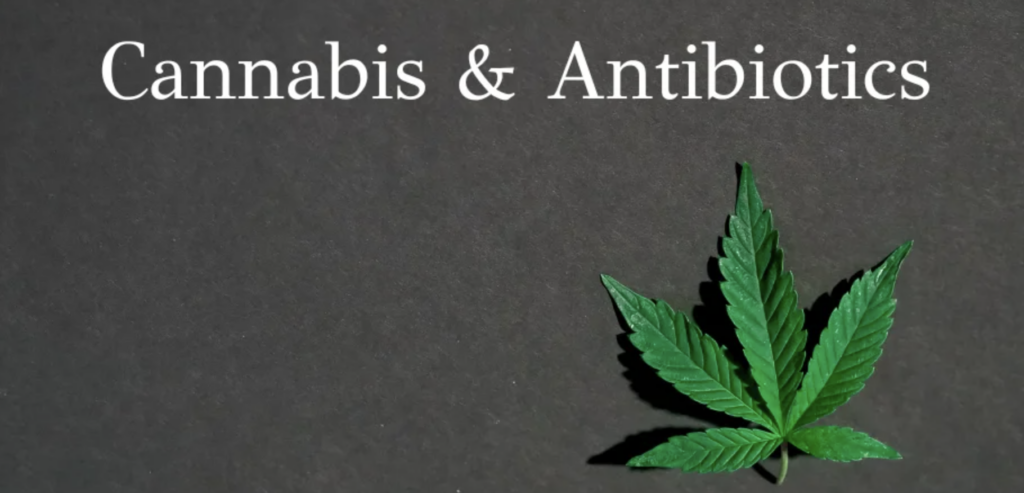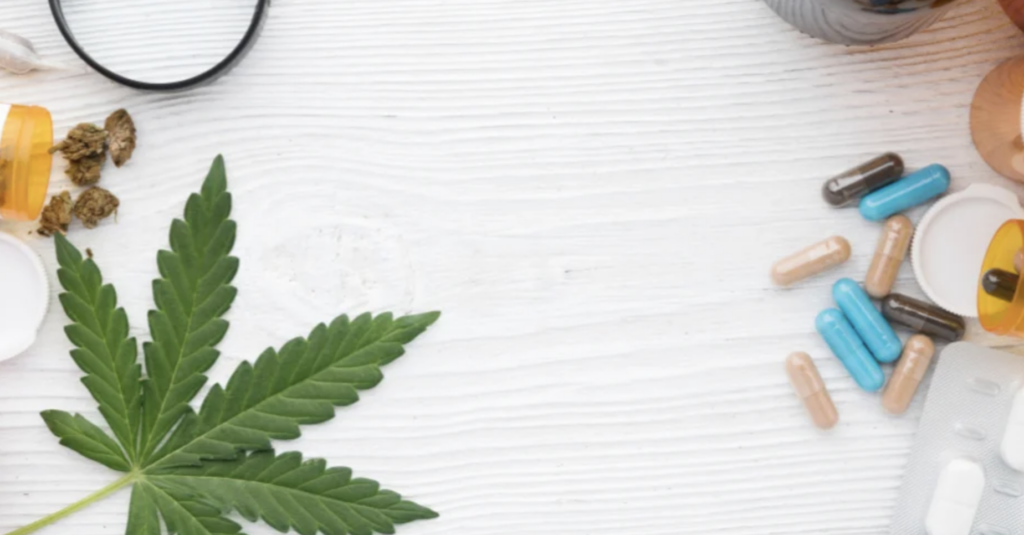
Medical cannabis has been making waves over the last decade. Medical cannabis first became legal in the United States in California in 1996. Since then, 37 other states have legalized medical cannabis. Today more people than ever before have embraced medical cannabis as an alternative to traditional medicine.
Prescription drugs such as benzos, opioids, and others come with a track history of addiction and abuse. The opioid epidemic itself turned into a global pandemic. Countless prescriptions written frivolously by the hands of med school pill pushers made their way into the hands of Americans. This led to America consuming the majority, at least 80% of the world’s total opioid supply. Medical cannabis is helping people break away from opioid dependency and addiction.
People aren’t just using medical cannabis to help them in dependency and addiction; they are using it for a plethora of other reasons. Reasons like relief from chronic pain, arthritis, stress, depression, anxiety, nausea, PTSD, migraine headaches, a loss of appetite, and much more. Individuals suffering from medical conditions such as cancer, Crohn’s disease, epilepsy, diabetes, neuropathy, and more are finding cannabis to be extremely beneficial for them.
Cannabis is known to work as an anti-inflammatory, anticonvulsant, antimicrobial, antibacterial, and as an analgesic, just to name a few of its medicinal attributes. As you can see, cannabis has the potential to help with all kinds of different ailments. People are finding cannabis to be extremely beneficial for them in controlling and managing symptoms associated with many different medical conditions.
Using Medical Cannabis Doesn’t Mean No Prescriptions
Just because somebody utilizes the therapeutic and medicinal attributes of medical cannabis doesn’t necessarily mean they throw away all of their other prescriptions. In many instances, people are required to take antibiotics to help them fight off infection and for various other reasons. Prescriptions for antibiotics almost add up to as many people as there are in the United States. According to the latest census from January 1st, 2022, there are an estimated 332 million plus people living in the United States. According to information on the CDC website, “In 2016, 270.2 million antibiotic prescriptions were written in the United States.”
That’s enough antibiotic courses for five out of every six Americans (on average) to receive an antibiotic prescription. Recent polls show support for medical cannabis legalization to be at an all-time high across the nation. Reports estimate that at least 50% of American adults have tried cannabis. That’s somewhere in the neighborhood of 150 million plus people. These numbers show us two things. A lot of people are trying or have tried cannabis, and a lot of people are on or have had a prescription for antibiotics. With that in mind, how well do the two of them mix? Do they accompany each other nicely, or does consuming cannabis have adverse effects when taking antibiotics?
What We Know About Antibiotics and Cannabis
Our knowledge and information about the benefits of medical cannabis are continually expanding, but very slowly in the United States because of current federal restrictions on this widely misunderstood plant. Thanks to widespread cannabis legalization across America, we are starting to see a clear picture of how cannabis interacts with antibiotics.
Antibiotics are a type of prescription drug medical practitioners use to help the body fight infections brought on by parasites and bacteria. Antibiotics are not used in the treatment of the common cold or to help control flu-like symptoms. These types of viral infections require antiviral medication. Taking antibiotics for an infection caused by parasites or bacteria might seem like the right thing to do, and in most instances, it is. However, taking too many antibiotics can lead to stubborn bacterial infections that become resistant to the current treatment options available. Antibiotics are broken down into two types narrow spectrum and broad spectrum. The definition is given to an antibiotic based on the type of parasite or infection it is being used to treat.

Three Common Antibiotics Are:
· Penicillin
· Amoxicillin
· Clindamycin
Cannabis could potentially interact with antibiotics altering their effectiveness of them. It is unclear whether cannabis would benefit or take away from the effectiveness of antibiotics. Some research suggests that CBD poses a higher risk of interacting with antibiotics than THC. Part of the reason there is such a delicate balance between cannabis and antibiotics is that they are, in part, processed the same way. Antibiotics such as clindamycin, amoxicillin, and others are metabolized in the same way the body metabolizes cannabinoids.
Most medical professionals will recommend that you stop or limit your cannabis use while taking prescription antibiotics. Because of the way they are metabolized, antibiotics and cannabinoids, when used together, could lead to oversaturation, causing unpleasant and unwanted side effects such as nausea, vomiting, headaches, and more.
What Does It Take To Get Started With the Necessary Research on Cannabis and Antibiotics
Of course, all of this research is in its very earliest preliminary stages. There are a lot of people currently on prescription antibiotics that use cannabis daily who would disagree with a doctor telling them they should stop. Cannabis proves to be extremely beneficial in helping to relieve many of the common side effects associated with prescription medication, such as headaches, dizziness, nausea, vomiting, loss of appetite, and more. If you’d like to learn more about how antibiotics interact with cannabis, reach out to your local federal lawmakers and let them know it’s time to change their outdated cannabis policy and catch up with the rest of the world. While the rest of the world has begun legalizing medical cannabis and places like Israel have been studying it for decades, the US is falling behind in research regarding cannabinoid therapies. It doesn’t have to be this way, though. Let lawmakers in your state know you support a positive change in cannabis policy. When this happens, we can truly begin to form a better understanding of how cannabis and antibiotics interact with one another.
Disclaimer: The information, including but not limited to, text, graphics, images and other material contained in this article is for informational purposes only. No material from this article is intended to be a substitute for professional medical advice, diagnosis, or treatment. Always seek the advice of your physician or other qualified health care provider with any questions you may have regarding a medical condition or treatment before undertaking a new health care regimen. Never disregard professional medical advice or delay in seeking it because of something you have read on this website.
